Histoplasmosis is otherwise known as Darling's disease. It is a condition caused by pathogenic fungi. Seniors and immunocompromised people are most commonly affected by histoplasmosis.
The disease is most common in the US population, with histoplasmosis considered rare in other parts of the world. The lungs are often involved during histoplasmosis, but other organs, such as the heart, skin, or liver, can also be affected.
Histoplasmosis occurs worldwide, but there are endemic areas where the incidence of the disease is significantly higher. These belong to the Ohio, Missouri, and Mississippi river valleys in the United States of America in particular. Still, the reservoir of the fungus can also be found in the valleys of many rivers on other continents.
How quickly symptoms show after infection hinges on the health of the person's immune system. It's unpredictable – it might be several days or extend to many years. Histoplasmosis infection is a hazard connected with travel, specifically if trekking. Regardless, this infection can go unnoticed, but it can occasionally become acute or linger on in a chronic state.
Histoplasmosis isn't clear-cut; there are different versions, defined by which part of the body they attack. Diagnosis of histoplasmosis based on clinical symptoms is not possible. Laboratory tests are then necessary. The prognosis of histoplasmosis is good. Symptoms usually resolve without specific treatment, but pharmacological therapy is potential.
Histoplasmosis is caused by the fungus Histoplasma capsulatum![]() . Its reservoir is moist soil contaminated with bird and bat feces. Bats can also project the disease via the droplet route. Infection occurs by inhalation of spores, which transform into single-celled organisms when exposed to body temperature.
. Its reservoir is moist soil contaminated with bird and bat feces. Bats can also project the disease via the droplet route. Infection occurs by inhalation of spores, which transform into single-celled organisms when exposed to body temperature.
Histoplasmosis is, therefore, a fungal disease. The temperature of the human body allows Histoplasma capsulatum to develop further. Due to the route of infection, histoplasmosis most commonly affects the respiratory and pulmonary systems![]() . Contaminated soil containing fungus spores has been a source of infection for many years. The disease cannot be contracted from another human being. Only inhalation of the fungal spores causes infection.
. Contaminated soil containing fungus spores has been a source of infection for many years. The disease cannot be contracted from another human being. Only inhalation of the fungal spores causes infection.

Histoplasma capsulatum – A species of fungus belonging to the phorate type. The species was first described by Samuel Taylor Darling in 1906![]() . Histoplasma capsulatum is an oval, yeast-like fungus that causes histoplasmosis. The fungus grows in soil and materials contaminated with animal feces, mainly bats and birds. The fungal spores are released into the air when the soil or materials are moved. Their inhalation causes infection. It is, therefore, not necessary to touch the fungi.
. Histoplasma capsulatum is an oval, yeast-like fungus that causes histoplasmosis. The fungus grows in soil and materials contaminated with animal feces, mainly bats and birds. The fungal spores are released into the air when the soil or materials are moved. Their inhalation causes infection. It is, therefore, not necessary to touch the fungi.
There's a disease called Histoplasmosis. It's from a fungus named Histoplasma capsulatum. Normally, it's not severe. But complications can happen for some. For Histoplasmosis, certain people are at risk:
Reduced immunity – People who are immunosuppressed![]() and are unable to develop effective cell-mediated immunity against the organism might be in danger of getting Histoplasmosis. This counts for those dealing with autoimmune diseases too. These individuals might show symptoms and struggle with this illness over an extended time. In severe cases, antifungal therapy can last up to a year. Multiple organs, not just the lungs, can be affected in immunocompromised individuals. The disease, in such cases, can be fatal.
and are unable to develop effective cell-mediated immunity against the organism might be in danger of getting Histoplasmosis. This counts for those dealing with autoimmune diseases too. These individuals might show symptoms and struggle with this illness over an extended time. In severe cases, antifungal therapy can last up to a year. Multiple organs, not just the lungs, can be affected in immunocompromised individuals. The disease, in such cases, can be fatal.
Children and seniors – People from extreme age groups are at greater risk of severe histoplasmosis because their immune systems function less well. The younger the child, the less mature and more vulnerable the immune system is to infection. In contrast, the body's natural immunity declines in old age, so older people are more prone to illness and disease. This is also caused by genetics, the environment in which they live, and the lifestyle they lead.
Malnutrition – Contrary to appearances, malnutrition does not only affect skinny people. A distinction is made between quantitative malnutrition, meaning insufficient energy supply, and qualitative malnutrition, meaning the consequence of inadequate intake and absorption or increased excretion of nutrients from the body. Malnutrition increases susceptibility to infectious diseases and cancers because it weakens the immune system.
Diseases – The presence of various diseases increases the risk of contracting histoplasmosis. This is especially true for cancer and diseases significantly weakening the immune system. Each tumor is accompanied by a malfunctioning immune system and increased inflammation. The disseminated form of histoplasmosis occurs among AIDS patients![]() and cancer patients and, if untreated, is sometimes fatal.
and cancer patients and, if untreated, is sometimes fatal.
Travelers – Travel, notably hiking and cave explorations, pose a chance of infection. Areas with temperate climates worldwide, especially river valleys, are recognized as common locations for histoplasmosis. This fungus loves damp soil and caves. People journeying to these places must exercise extreme caution during activities where the fungus might flourish, especially in environments favored by birds and bats.
Histoplasma capsulatum infection is usually asymptomatic![]() . The course of the disease can be acute or chronic. Symptomatic disease most commonly affects patients with immunodeficiencies or those exposed to infectious material. Symptoms may vary due to the type of histoplasmosis. Symptoms of histoplasmosis can vary widely, but the disease most commonly affects the lungs. If symptoms do appear, they usually happen between 3 and 17 days after exposure to Histoplasma capsulatum, with an average of 10 days.
. The course of the disease can be acute or chronic. Symptomatic disease most commonly affects patients with immunodeficiencies or those exposed to infectious material. Symptoms may vary due to the type of histoplasmosis. Symptoms of histoplasmosis can vary widely, but the disease most commonly affects the lungs. If symptoms do appear, they usually happen between 3 and 17 days after exposure to Histoplasma capsulatum, with an average of 10 days.
Pulmonary histoplasmosis can be of an acute or chronic type. Acute and subacute pulmonary histoplasmosis are usually asymptomatic. But in the respiratory type, the following symptoms may occur:
Flu-like symptoms – In this type of histoplasmosis, flu-like symptoms such as fever, chills, abdominal and muscle aches, general weakness, and confusion are common. Skin lesions in the form of ulcerations or erythema may also appear. If the disease takes a chronic type, night sweats, sub-febrile states, lack of appetite, and weight loss occur. The disease may then be confused with tuberculosis![]() .
.
Chest pain – In the lung-related category, discomfort in the chest and feeling unwell are often reported. We often link chest pain with heart attacks, which can be unsettling. However, it's important to realize not all chest pain means danger to life. It might signal diverse sicknesses such as histoplasmosis.
Dry cough – Speaking of histoplasmosis, the typical dry cough changes over time, turning moist. The person starts to cough up gunk and blood. In chronic histoplasmosis, the predominant symptom is a cough with expectoration of secretions lasting more than three months, general weakness, fever, and weight loss. The clinical picture on physical examination and X-rays may resemble pulmonary tuberculosis![]() .
.
Disseminated histoplasmosis occurs in immunocompromised individuals and has a high mortality rate![]() . Symptoms may be similar to pulmonary histoplasmosis or atypical. Patients with disseminated histoplasmosis often have increased liver enzymes and oropharyngeal and gastrointestinal lesions. Symptoms of disseminated histoplasmosis include:
. Symptoms may be similar to pulmonary histoplasmosis or atypical. Patients with disseminated histoplasmosis often have increased liver enzymes and oropharyngeal and gastrointestinal lesions. Symptoms of disseminated histoplasmosis include:
Pulmonary-type symptoms – Disseminated histoplasmosis could show up with symptoms akin to the flu, chiefly featuring high temperature. Furthermore, the ailment exhibits a gradual sap in strength coupled with weight loss, persistent cough, difficulty in breathing, and other unusual signs.
Skin lesions – In cases of widespread histoplasmosis, skin issues can occur as lesions spread via the bloodstream. The skin symptoms![]() displayed can greatly differ. In this type of histoplasmosis, nodules, ulcers, abscesses, and ulcerations may appear. Even necrotizing vasculitis may occur. In the acute phase of infection, erythema nodosum or erythema multiforme may co-occur. At the same time, in chronic disseminated disease, there are ulcers in the mucous membranes of the mouth and in the upper gastrointestinal tract.
displayed can greatly differ. In this type of histoplasmosis, nodules, ulcers, abscesses, and ulcerations may appear. Even necrotizing vasculitis may occur. In the acute phase of infection, erythema nodosum or erythema multiforme may co-occur. At the same time, in chronic disseminated disease, there are ulcers in the mucous membranes of the mouth and in the upper gastrointestinal tract.
Gastrointestinal symptoms – Abdominal pain, swallowing discomfort, and different gastrointestinal symptoms may sometimes be present. There is enlargement of the liver and spleen![]() . There is anemia, jaundice, and a reduced platelet count on examination. Sudden severe abdominal pain is a non-specific symptom of many diseases. Thus, this course of histoplasmosis may be confused with digestive system diseases.
. There is anemia, jaundice, and a reduced platelet count on examination. Sudden severe abdominal pain is a non-specific symptom of many diseases. Thus, this course of histoplasmosis may be confused with digestive system diseases.
Cardiovascular symptoms – In the course of disseminated histoplasmosis, symptoms of heart failure may occur. This group includes symptoms such as edema, dyspnoea, and retrosternal pain. Endocarditis![]() may occur. Endocarditis is an infection affecting the inner layer of cells lining the heart's ventricles, atria, and valves. Endocarditis occurs when bacteria, fungi, or other microorganisms enter the bloodstream and, carried with the blood, attach themselves to various places in the heart.
may occur. Endocarditis is an infection affecting the inner layer of cells lining the heart's ventricles, atria, and valves. Endocarditis occurs when bacteria, fungi, or other microorganisms enter the bloodstream and, carried with the blood, attach themselves to various places in the heart.
Neurological symptoms – Histoplasmosis can also invade the central nervous system![]() . Neurological signs such as headaches, visual disturbances, and disturbances of consciousness then occur. In addition, dizziness, fainting, and impaired concentration can occur. Mycosis fungi of the nervous system can cause mental illness. Depressive states, aggression, mood swings, chaotic behavior, as well as phobias and neuroses, may occur.
. Neurological signs such as headaches, visual disturbances, and disturbances of consciousness then occur. In addition, dizziness, fainting, and impaired concentration can occur. Mycosis fungi of the nervous system can cause mental illness. Depressive states, aggression, mood swings, chaotic behavior, as well as phobias and neuroses, may occur.

In this variant of histoplasmosis, in addition to respiratory symptoms, different organs such as the liver, spleen, gastrointestinal tract, and marrow are involved. The disease affects the adrenal glands, skin, or heart less frequently.
It is worth remembering that extrapulmonary histoplasmosis is among the indicator diseases for AIDS. As a result of HIV infection, the body's cellular immunity is impaired, and what follows is that patients are more susceptible to symptomatic and severe pathogen infections that are asymptomatic in people with functioning immune systems.
Ocular histoplasmosis![]() and mediastinal histoplasmosis
and mediastinal histoplasmosis![]() are the most common types of extrapulmonary histoplasmosis. Symptoms include:
are the most common types of extrapulmonary histoplasmosis. Symptoms include:
Symptoms of disseminated histoplasmosis – Extrapulmonary histoplasmosis can produce gastrointestinal, cardiac, and neurological symptoms depending on the organ involved. In addition to it, flu-like symptoms and general weakness may also occur. With extrapulmonary histoplasmosis, lung-related symptoms such as cough and chest pain are absent.
Ocular manifestations – Ocular histoplasmosis is a common type of extrapulmonary histoplasmosis. Visual histoplasmosis can cause loss of vision and vision problems. Inflammation of the retina and choroid may occur. Fungal infections of the eyes cause various complaints. Ocular histoplasmosis can threaten complete loss of vision.
Mediastinal manifestations – The mediastinum is the space located in the central part of the thorax and contains all its organs except the lungs. Histoplasmosis in the mediastinum sometimes causes severe chronic complications due to pressure on blood vessels or airways. Mediastinitis is a painful clinical condition that requires appropriate treatment.

In diagnosing the disease, the information provided by the patient is essential. It is necessary to determine whether the patient has recently been in an area with a risk of infection with histoplasmosis fungi. However, it is impossible to diagnose histoplasmosis solely based on the clinical picture because of the great similarity to different infections caused by fungi, viruses, or bacteria, and laboratory tests![]() are necessary. These tests include:
are necessary. These tests include:
Histopathological examination – A professional doctor proficient in pathomorphology does this diagnosis. They study a tiny slice of tissue from the patient under a microscope. The doctor can find the disease-causing agent by growing it in an isolated culture from the material gathered from the patient. Usually, it is blood, but saliva or urine may also be collected. Bone marrow biopsy, an invasive test involving a sample of the hematopoietic pulp, is also possible.
Chest X-ray – Histoplasmosis may resemble tuberculosis in its clinical and radiographic features. A chest X-ray is an imaging study that X-rays the chest. Chest X-rays can mainly detect diseases within the lungs. The examination is, therefore, practical in the diagnosis of pulmonary histoplasmosis. Chest X-ray is the primary and most frequently performed imaging examination in diagnosing respiratory diseases.
Abdominal ultrasound – It is an ancillary test in the diagnosis of histoplasmosis. Abdominal ultrasound is an imaging study. It is usually ordered first when there is suspicion of pathology within the organs in this body area. It is painless and non-invasive. Abnormalities of the gastrointestinal tract can be detected using abdominal ultrasound.

Mild acute pulmonary histoplasmosis in an immunocompetent person does not require treatment, only monitoring. In more severe cases, additional treatment must be implemented. Treatment methods of histoplasmosis may vary depending on the type and the organs involved. However, the general and effective form of treatment is pharmacological treatment.
Pharmacological treatment – In more severe cases, antifungal drugs may be necessary. In extreme cases, antifungal therapy may last for a year. Once symptoms have resolved, monitoring the immunocompromised patient's condition is crucial, as many patients develop recurrences. Antifungal drugs![]() are used to treat both the pulmonary and generalized types. The most common are i**********e and ketoconazole.
are used to treat both the pulmonary and generalized types. The most common are i**********e and ketoconazole.
In the case of previous treatment with corticosteroids, it is advisable to gradually discontinue them before starting treatment with ketoconazole. Relapses mainly affect the chronic type of histoplasmosis, mostly in immunocompromised patients. The patient should remain under regular medical supervision until the symptoms have resolved and the patient has fully recovered.

The prognosis of histoplasmosis is good. Symptoms usually resolve without specific treatment. Mild acute pulmonary histoplasmosis is not risky in immunocompetent individuals and tends to be self-limiting. It does not require treatment, only monitoring the patient's condition or symptomatic treatment. The risk of recurrence in histoplasmosis over the next few years is relatively high. The disseminated type of histoplasmosis has a high mortality rate.
Patients with immunocompromising conditions are at risk of severe histoplasmosis. Often, such cases involve HIV-infected individuals. Should a person who hasn't been found to have AIDS experience intense histoplasmosis, it might lead to an AIDS diagnosis. Another term for AIDS is acquired immunodeficiency syndrome.
AIDS![]() – The virus causing AIDS is HIV. An HIV test helps identify this. Ways you can get AIDS include sexual activities, birth, or blood transmission. While there's no cure for AIDS, it's not a given that everyone with HIV gets AIDS. The most important thing is prevention, the prevention of infection. In its course, there is a significant reduction in lymphocytes, i.e., the cells responsible for the body's fight against disease. As a result, the patient develops multiple infections and cancers, which can lead to death.
– The virus causing AIDS is HIV. An HIV test helps identify this. Ways you can get AIDS include sexual activities, birth, or blood transmission. While there's no cure for AIDS, it's not a given that everyone with HIV gets AIDS. The most important thing is prevention, the prevention of infection. In its course, there is a significant reduction in lymphocytes, i.e., the cells responsible for the body's fight against disease. As a result, the patient develops multiple infections and cancers, which can lead to death.
Histoplasmosis is a fungal disease, sometimes called Darling's disease. The creating fungus is Histoplasma capsulatum, a tricky fungus. It morphs based on its location – some forms in the open air and another in bodies. You'll predominantly find this fungus in river valleys across the globe. It also exists around bats and in places like bird nests or where birds often leave waste.
Histoplasmosis shows itself differently in each person but typically impacts the lungs. A lot of people don't notice they have it. But people with weaker immune systems, or those taking medicine that lowers the immune response, or those who've been heavily exposed to this fungus are more likely to sense its effects.
This isn't a disease you can catch from another person – the only way to get it is by breathing in the fungus spores. Histoplasmosis isn't too problematic if the case is mild and the person has a robust immune system. It can improve without medical help or with symptoms management. But in more severe instances, antifungal medications might be needed.
Table of Contents

Toenail fungus, scientifically named Onychomycosis, is a common ailment that changes the appearance of toenails. Ordinarily, it turns typical and… read more »

AIDS is a disease caused by HIV. This virus attacks the cells of the human's immune system, making them unable… read more »
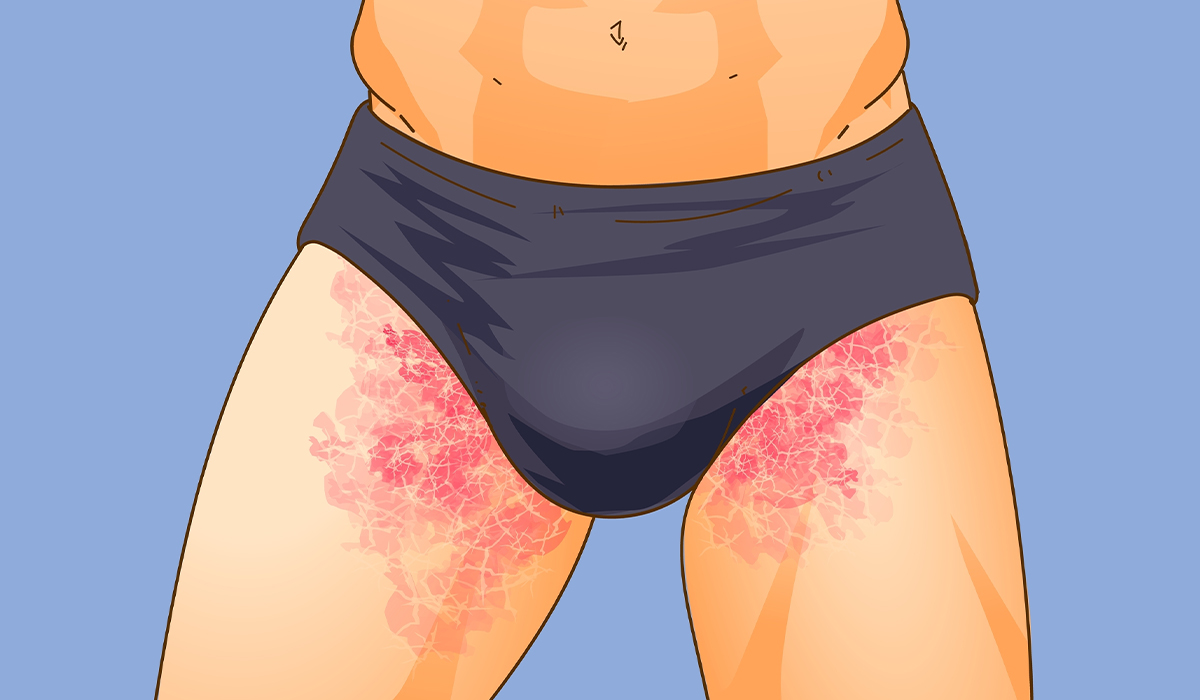
Jock itch, also tagged as tinea cruris in medical terms, emerges when a fungus attacks the skin around spots such… read more »
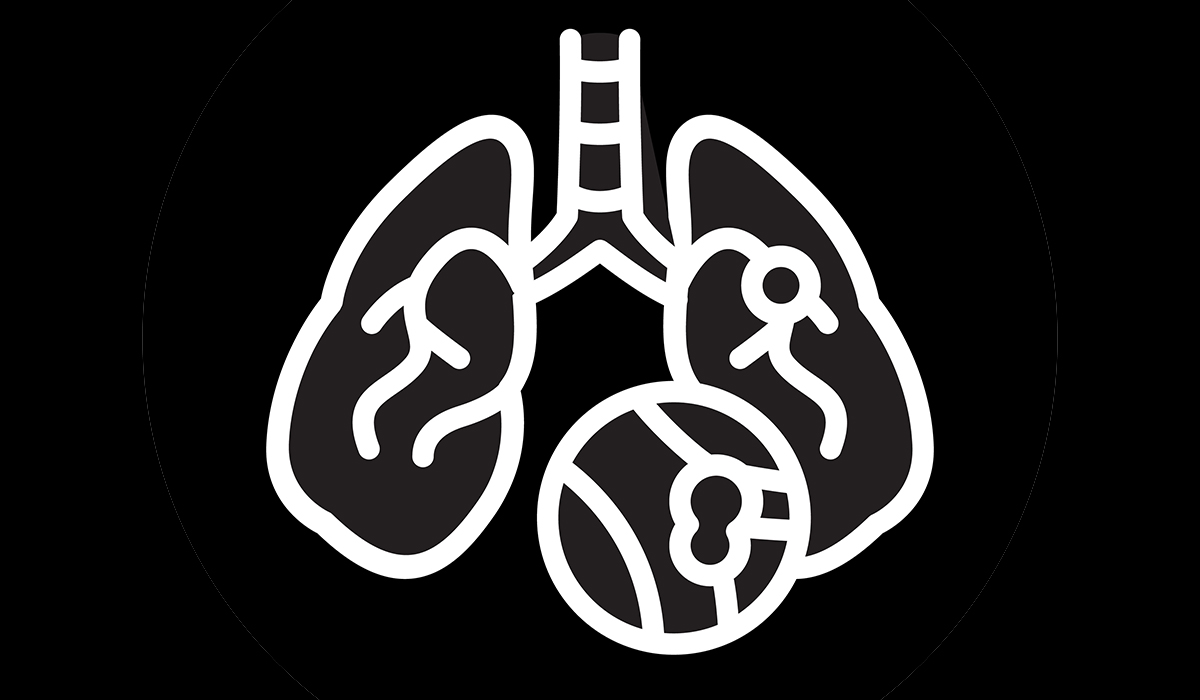
A pulmonary embolism develops when a clump, most often a blood clot, gets stuck inside the lung blood vessel. It… read more »

Also known as oral candidiasis, oral thrush is an infection caused by the fungus Candida albicans. The fungus is a… read more »

Gnats are tiny flying insects in the Diptera group, which includes flies and mosquitoes. They have fragile appearances, small bodies,… read more »
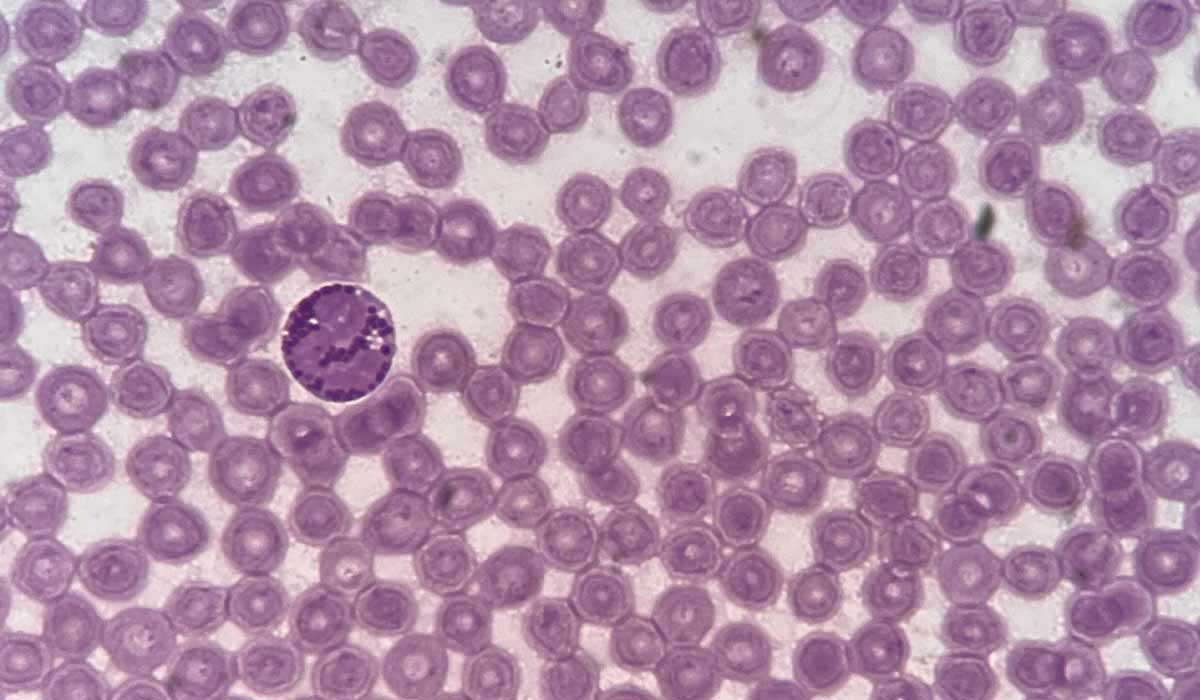
Anaplasmosis is a systemic infectious disease transmitted by ticks. It can be as dangerous as Lyme disease. Read the article… read more »
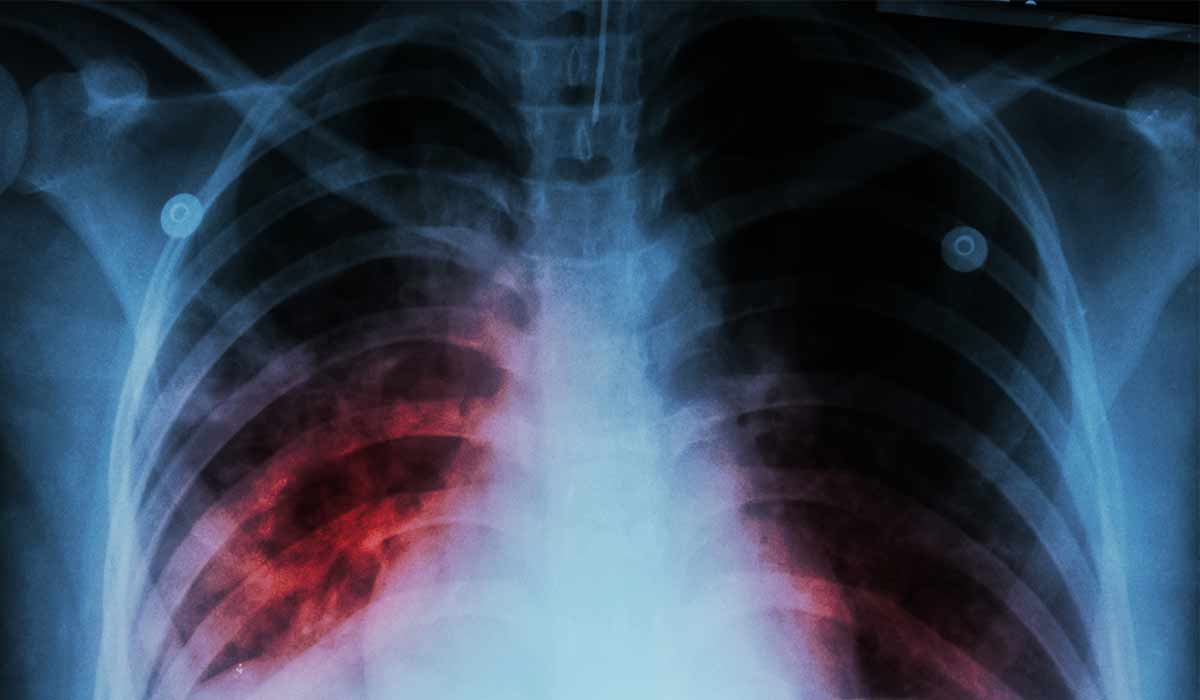
Tuberculosis is an infectious disease caused by mycobacteria. There are many types of tuberculosis with varying symptoms. Learn it all… read more »

A pulmonologist is a medical doctor who specializes in diagnosing and treating diseases of the respiratory system, which includes the… read more »